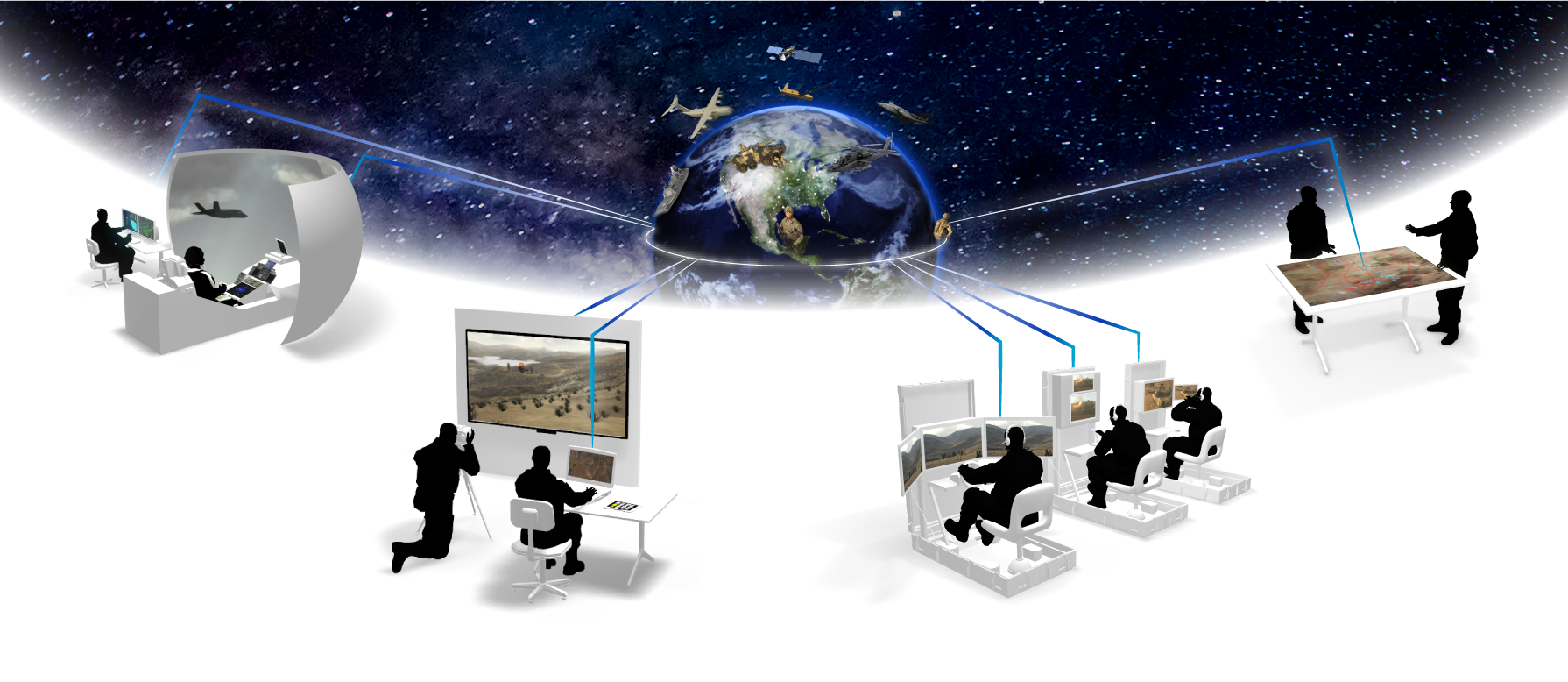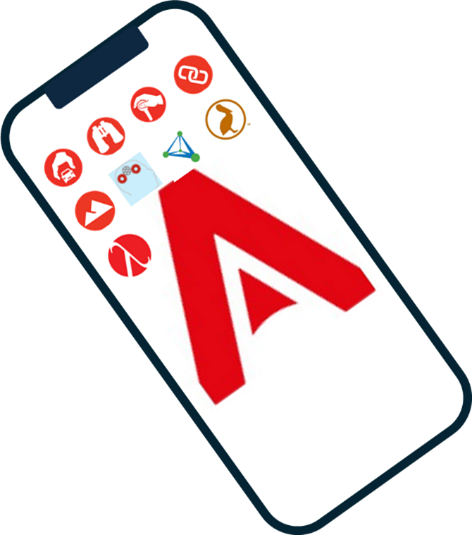
MAK ONE as a Platform: Building a Better Simulation and Training Experience
by Ross Uhler, Director of Strategic Business Development
In the early 1990s, IBM introduced the forerunner to today’s smartphone, the IBM Simon. Around the same time, John Morrison And Warren Katz founded MAK Technologies to provide simulation, visualization, and networking solutions for the emerging distributed simulation community. Just as smartphones have evolved over the years, the MAK ONE platform has advanced to deliver a Modular Open System Architecture (MOSA) synthetic environment that provides a tactically accurate, adaptable simulation environment with the flexibility to incorporate new functionality.
Much like a modern smartphone, MAK ONE offers robust out-of-the-box capabilities for our customers, including computer generated forces (VR-Forces), image generation (VR-Vantage), after-action review (Data Logger), and the ability to connect live and virtual training audiences into a unified training event (VR-Link & VR-Exchange). Additionally, MAK ONE’s open API and configuration tools function similarly to the concept of the “App Store,” allowing users to add additional capability and fidelity into their synthetic training environments. Whether for an integrator building a training device with MAK ONE as the platform, or for an end user experimenting with new tactics and platforms, the MAK ONE MOSA platform provides a powerful foundation.
We all know that when a new smartphone is released or an iOS is updated, the underlying concept of the smartphone remains the same, just with an improved platform and an enhanced user experience. It is the same concept for MAK—we continue to refine and expand our MAK ONE platform. For example, we released our latest “smartphone,” VR-Forces 5.1, in early 2024—inclusive of new features and capabilities—and followed it with VR-Force 5.1.1 (an “iOS update”) last month to address bugs and deliver incremental improvements.

MAK remains committed to innovation, and we’re constantly working on the next release to meet the needs of current customers while building capabilities for future users.

